Body Area Networks (BANs) are transforming healthcare by enabling real-time health monitoring and personalized medicine. BANs are networks of wearable or implantable sensors that monitor physiological parameters and transmit data for analysis and action. They have applications in remote patient monitoring, chronic disease management, and post-operative care, improving patient outcomes and reducing healthcare costs.
The rapid advancement of technology has allowed for the development of Body Area Networks that can seamlessly integrate with our everyday lives. These networks offer a wide array of applications within the healthcare sector and beyond. This article will explore the various applications of BANs, including healthcare, sports and fitness, entertainment and gaming, and military and defense. We will also delve into the challenges and considerations surrounding the use of BANs and the future outlook for this groundbreaking technology.
Healthcare Applications of Body Area Networks
Body Area Networks (BANs) have revolutionized healthcare by introducing a wide range of applications within the sector. One of the key areas where BANs have made significant advancements is in remote patient monitoring, which allows for continuous health tracking and early detection of abnormalities.
BANs play a crucial role in improving the care of patients with chronic conditions such as diabetes, cardiovascular diseases, and respiratory disorders. These individuals can benefit from real-time monitoring and timely interventions, leading to better management of their conditions and a reduction in hospital visits.
The applications of BANs extend beyond chronic disease management. They also facilitate post-operative care by monitoring vital signs and detecting complications early on. This proactive approach improves patient outcomes and reduces healthcare costs in the long run.
By leveraging wearable or implantable sensors, BANs provide healthcare professionals with valuable insights into patients’ health status. This data enables personalized interventions, ensuring that individuals receive the appropriate care at the right time.
Advantages of Body Area Networks in Healthcare:
- Remote patient monitoring for continuous health tracking
- Early detection of abnormalities and timely interventions
- Improved management of chronic diseases
- Reduction in hospital visits and healthcare costs
- Enhanced post-operative care and monitoring
- Personalized medicine based on real-time health data
Table: Healthcare Applications of Body Area Networks
| Application | Benefits |
|---|---|
| Remote Patient Monitoring | Continuous health tracking, early detection of abnormalities, reduced hospital visits |
| Chronic Disease Management | Better management of chronic conditions, personalized interventions |
| Post-Operative Care | Monitoring vital signs, detecting complications early, improved patient outcomes |
With the wide-ranging healthcare applications of Body Area Networks, the sector is witnessing a paradigm shift towards personalized and proactive medicine. BANs provide healthcare professionals with actionable data, enabling early interventions, and improving patient outcomes. Continued advancements in BAN technology and integration with existing healthcare systems will further enhance the effectiveness of remote patient monitoring and chronic disease management.
Sports and Fitness Applications of Body Area Networks
Body Area Networks (BANs) have become integral in optimizing sports performance and preventing injuries among athletes. These networks enable athletes to wear smart garments embedded with sensors that monitor vital metrics such as heart rate, oxygen saturation, and body temperature in real-time. This data provides invaluable insights for coaches and trainers to tailor training regimens, identify areas for improvement, and prevent overexertion, ultimately enhancing performance optimization and minimizing the risk of injuries.
Real-time Monitoring for Performance Optimization
By utilizing BANs, athletes can receive immediate feedback on their physiological parameters, enabling real-time adjustments during training or competition. Coaches can analyze data trends and make data-driven decisions to optimize performance and push athletes towards their full potential. Whether it’s monitoring heart rate variability to gauge fatigue levels or tracking oxygen saturation to assess endurance capacity, BANs offer a comprehensive understanding of an athlete’s physiological state, facilitating targeted interventions for enhanced performance.
Biomechanical Analysis for Technique Refinement
BANs not only monitor physiological metrics but also track biomechanical movements, allowing athletes to refine their techniques and reduce the risk of injuries. By capturing and analyzing data related to joint angles, acceleration, and posture, coaches and trainers can provide targeted feedback on an athlete’s form and identify potential areas for improvement. This level of detailed analysis enables athletes to make necessary adjustments, optimize their movements, and reduce the risk of overuse injuries or repetitive strain.
Injury Prevention and Risk Mitigation
Preventing injuries is paramount in sports, and BANs play a crucial role in this aspect. With real-time monitoring of vital metrics, coaches and trainers can identify signs of overexertion or fatigue, preventing athletes from pushing their limits and potentially risking injuries. Additionally, BANs can provide crucial data on load distribution, impact forces, and gait analysis, helping athletes correct imbalances, adopt proper techniques, and avoid injuries commonly associated with poor biomechanics or training errors.
Enhancing Recovery and Rehabilitation
BANs also have significant implications in post-injury recovery and rehabilitation. These networks allow for continuous monitoring of an athlete’s vital signs, ensuring that they are progressing through the recovery process effectively. Trainers and healthcare professionals can analyze and assess the impact of rehabilitation strategies, tailor programs based on individual needs, and prevent any setbacks. BANs provide valuable data that guides the rehabilitation process, enabling athletes to return to their peak performance safely and efficiently.
| Benefits of Sports and Fitness Applications of BANs | Examples |
|---|---|
| Real-time feedback for performance optimization | Monitoring heart rate and oxygen saturation during endurance training |
| Biomechanical analysis for technique refinement | Capturing joint angles and acceleration to perfect running form |
| Injury prevention and risk mitigation | Monitoring load distribution and impact forces to avoid overuse injuries |
| Enhancing recovery and rehabilitation | Continuous vital sign monitoring during post-injury rehabilitation |
Entertainment and Gaming Applications of Body Area Networks
Body Area Networks (BANs) are not only transforming healthcare but also revolutionizing the world of entertainment and gaming. By integrating wearable devices equipped with sensors, BANs create immersive experiences and enhance interactive gameplay, blurring the lines between the physical and digital worlds.
With BANs, movements and physiological responses can be captured and translated into virtual environments or used to enhance gaming interactions. Whether it’s virtual reality simulations, augmented reality games, or motion-controlled consoles, BANs add a new level of realism and engagement to entertainment and gaming applications.

Imagine stepping into a virtual world where your every move is accurately replicated in the game or being able to control a game character using your own body gestures. BANs make these immersive experiences possible, taking entertainment and gaming to a whole new level.
Examples of Entertainment and Gaming Applications of BANs
- Virtual reality (VR) simulations: BANs enhance VR experiences by capturing the user’s movements and physiology, enabling a more realistic and immersive gameplay.
- Augmented reality (AR) games: BANs can provide real-time feedback on the user’s movements, allowing for interactive gameplay in the physical environment combined with digital elements.
- Motion-controlled consoles: BANs enable players to control game characters or objects using their body movements, providing a more intuitive and interactive gaming experience.
These are just a few examples of how BANs are transforming the entertainment and gaming industry. As technology continues to advance, we can expect to see even more innovative applications that leverage the capabilities of BANs to create immersive and interactive experiences.
Body Area Networks are not only revolutionizing healthcare but also transforming entertainment and gaming by creating immersive experiences and enhancing interactive gameplay.
| Benefits of BANs in Entertainment and Gaming | Examples |
|---|---|
| Enhanced realism and immersion | Virtual reality (VR) simulations |
| Intuitive and interactive gameplay | Augmented reality (AR) games |
| Improved physical engagement | Motion-controlled consoles |
Military and Defense Applications of Body Area Networks
Body Area Networks (BANs) offer a range of innovative solutions for military and defense applications. By integrating smart uniforms embedded with sensors, BANs enable enhanced situational awareness and soldier health monitoring, ultimately improving tactical decision-making and operational effectiveness on the battlefield.
With BANs, soldiers are equipped with vital signs monitoring capabilities, allowing for real-time health tracking and early detection of any abnormalities. These sensors can detect environmental hazards, assess body temperature fluctuations, and monitor heart rate and oxygen saturation levels. This continuous monitoring ensures timely interventions and optimal treatment, addressing potential health concerns that could compromise military missions.
Furthermore, BANs provide real-time location tracking for soldiers, enabling improved coordination and communication among troops. This technology facilitates faster response times and enhances the tactical decision-making process in dynamic and high-pressure environments. By leveraging the data collected from BANs, military units can gain a comprehensive understanding of their operational context, leading to more successful outcomes.
| Benefits of BANs in Military and Defense Applications |
|---|
| Enhanced situational awareness |
| Real-time soldier health monitoring |
| Improved coordination and communication |
| Faster response times |
| Optimized tactical decision-making |
Moreover, BANs can be integrated into medical evacuation systems, allowing for prioritization and efficient treatment of injured soldiers. The collected data can be transmitted to medical personnel, enabling them to assess the severity of injuries and promptly allocate resources for effective medical interventions and evacuation plans.
With the utilization of BANs in military and defense applications, the well-being of soldiers is prioritized, enabling more efficient resource allocation and enhancing operational readiness. The combination of enhanced situational awareness and real-time health monitoring ensures soldiers can perform optimally while minimizing risks to their health and well-being.
Challenges and Considerations of Body Area Networks
Despite the promising applications of Body Area Networks (BANs), there are several challenges that need to be addressed for widespread adoption. Privacy and security concerns regarding the collection and transmission of sensitive health data remain paramount. Data integrity, encryption, and user consent are crucial for building trust and regulatory compliance. Additionally, interoperability standards and seamless integration with existing healthcare infrastructure are critical for the scalability and sustainability of BANs.
Privacy and Security
The privacy and security of sensitive health data are of utmost importance when it comes to Body Area Networks. As BANs collect and transmit personal health information, there is a need for robust data protection measures to safeguard against unauthorized access and breaches. Encryption technologies must be implemented to ensure data confidentiality, and strict authentication protocols should be in place to verify the identity of users accessing the data. User consent and transparency regarding data collection and usage are necessary to build trust among individuals and comply with privacy regulations.
Interoperability
Interoperability plays a crucial role in the successful implementation of Body Area Networks. BANs should seamlessly integrate with existing healthcare infrastructure, allowing for easy data exchange and collaboration between different healthcare providers and institutions. Standardization of protocols and data formats is essential to ensure compatibility and enable interoperability between various devices and systems. This interoperability will facilitate efficient data sharing, coordination of care, and decision-making, ultimately leading to improved patient outcomes.
Scalability and Sustainability
For Body Area Networks to achieve widespread adoption, scalability and sustainability are key considerations. As BANs continue to evolve, they should be designed to work with a variety of healthcare settings and accommodate a large number of users. The scalability of BANs will enable their integration into different healthcare workflows and environments without compromising performance or compromising data security. Moreover, the sustainability of BANs relies on the development of cost-effective solutions, long battery life for wearable devices, and seamless maintenance and updates.
“Body Area Networks have the potential to revolutionize healthcare delivery and improve the quality of life for patients. However, addressing challenges related to privacy, security, interoperability, scalability, and sustainability is crucial for their successful adoption and long-term impact.” – Dr. Jane Richards, Researcher at the Institute of Biomedical Engineering.
In conclusion, while Body Area Networks offer immense potential for transforming healthcare and enabling personalized medicine, there are various challenges to overcome. Ensuring privacy and security, establishing interoperability standards, and addressing scalability and sustainability concerns will be paramount to harnessing the full benefits of BANs. By addressing these challenges, BANs can revolutionize healthcare delivery, improve patient outcomes, and pave the way for a more connected and effective healthcare system.
Conclusion
Body Area Networks (BANs) have the potential to revolutionize healthcare delivery, paving the way for personalized medicine and improving the quality of life for patients. As technology continues to advance, the market for BANs is expected to experience significant growth and innovation. The miniaturization of sensors allows for discreet and comfortable monitoring, while advancements in wireless communication enable seamless data transmission and analysis.
Furthermore, the integration of artificial intelligence enhances the capabilities and efficiency of BANs, enabling real-time monitoring, early detection of abnormalities, and timely interventions. Collaborations between healthcare providers, technology companies, and research institutions will drive the development of novel applications and solutions, further expanding the potential impact of BANs in healthcare.
With the increasing adoption of BANs, the future outlook for healthcare is promising. These networks not only empower patients to actively participate in their own health management but also enable healthcare professionals to make more informed decisions based on real-time data. By leveraging the power of BANs, healthcare systems can become more proactive, preventive, and personalized, ultimately improving patient outcomes and reducing healthcare costs.
FAQ
What are Body Area Networks (BANs)?
Body Area Networks are networks of wearable or implantable sensors that monitor physiological parameters and transmit data for analysis and action.
What are the healthcare applications of Body Area Networks?
BANs have applications in remote patient monitoring, chronic disease management, and post-operative care, improving patient outcomes and reducing healthcare costs.
How do Body Area Networks enable remote patient monitoring?
BANs allow continuous health tracking and early detection of abnormalities, particularly beneficial for patients with chronic conditions such as diabetes, cardiovascular diseases, and respiratory disorders.
What role do Body Area Networks play in post-operative care?
BANs monitor vital signs and detect complications, improving patient outcomes and reducing healthcare costs.
How do Body Area Networks optimize sports performance?
Athletes can wear smart garments embedded with sensors that monitor vital metrics in real-time, allowing coaches and trainers to tailor training regimens and prevent overexertion.
What other benefits do Body Area Networks offer for athletes?
BANs enable the tracking of biomechanical movements, allowing athletes to refine their techniques and reduce the risk of injuries.
How do Body Area Networks enhance entertainment and gaming experiences?
Wearable devices equipped with sensors capture movements and physiological responses, translating them into virtual environments or enhancing gaming interactions.
What types of entertainment and gaming applications can Body Area Networks be used for?
BANs can be integrated into virtual reality simulations, augmented reality games, or motion-controlled consoles, adding a layer of realism and engagement.
How do Body Area Networks improve situational awareness in military applications?
Soldiers can wear smart uniforms embedded with sensors that monitor vital signs, detect environmental hazards, and provide real-time location tracking.
What other benefits do Body Area Networks offer in military and defense applications?
BANs facilitate communication and coordination among troops, enabling faster response times and improved tactical decision-making on the battlefield.
What challenges need to be addressed for widespread adoption of Body Area Networks?
Privacy and security concerns, data integrity, encryption, user consent, interoperability standards, and seamless integration with existing healthcare infrastructure must be considered.
How can Body Area Networks revolutionize healthcare delivery?
BANs have the potential to improve the quality of life for patients through personalized medicine and healthcare monitoring.
How is the future outlook for Body Area Networks?
The market for BANs is expected to witness significant growth and innovation, driven by advancements in technology and collaborations between healthcare providers, technology companies, and research institutions.

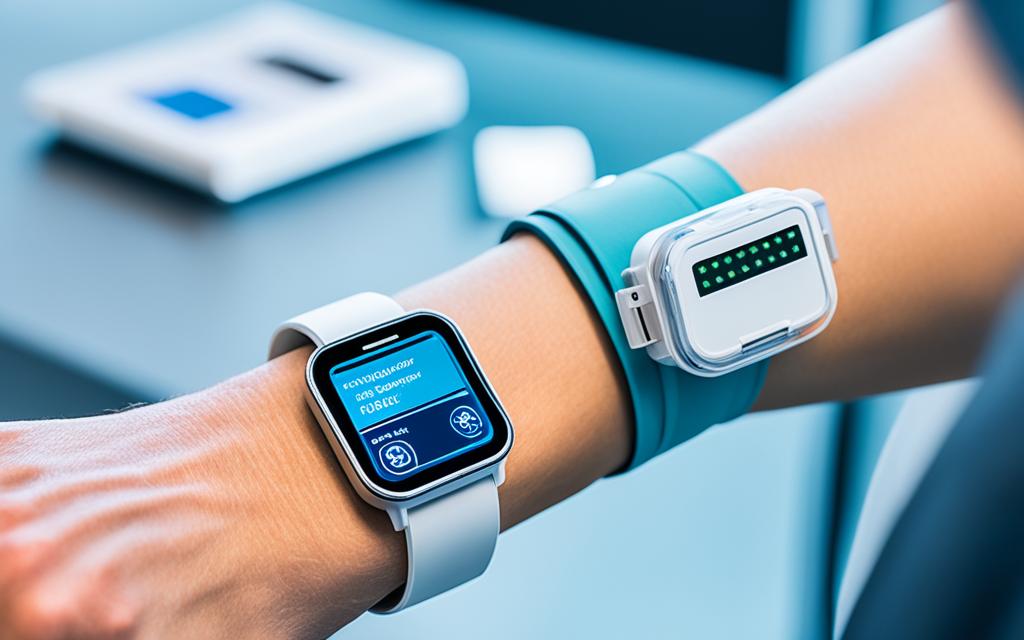











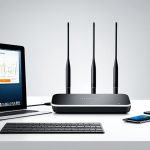
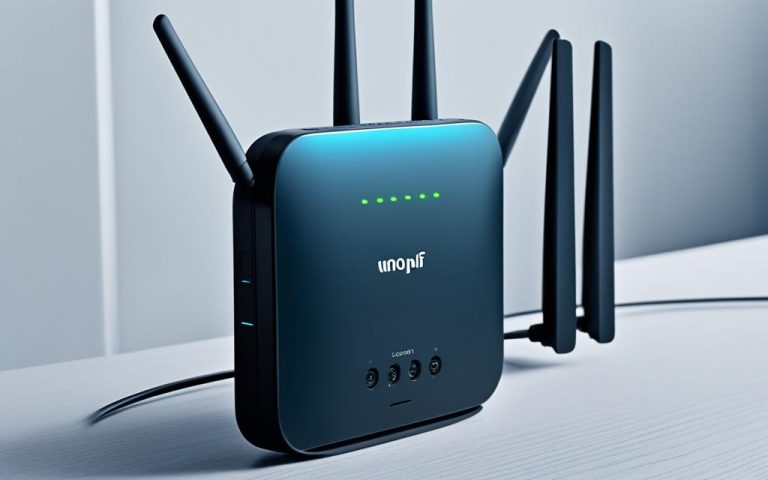
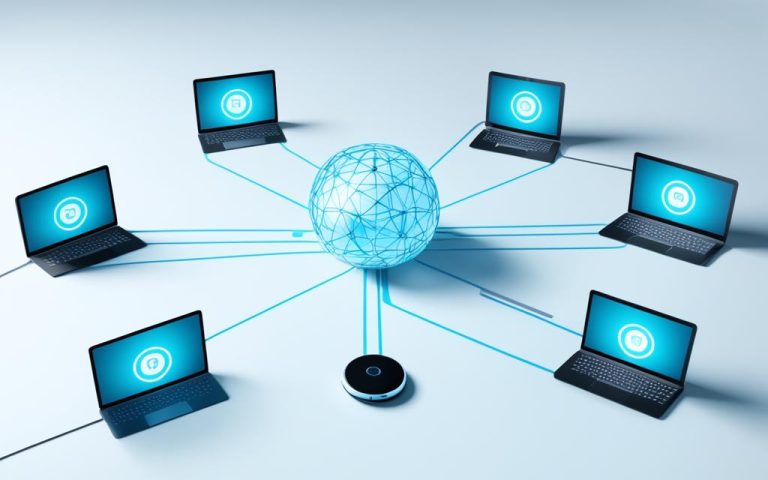


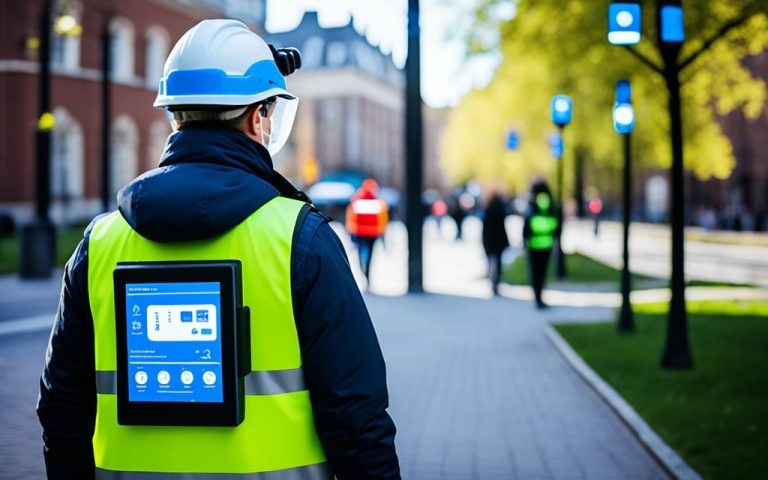
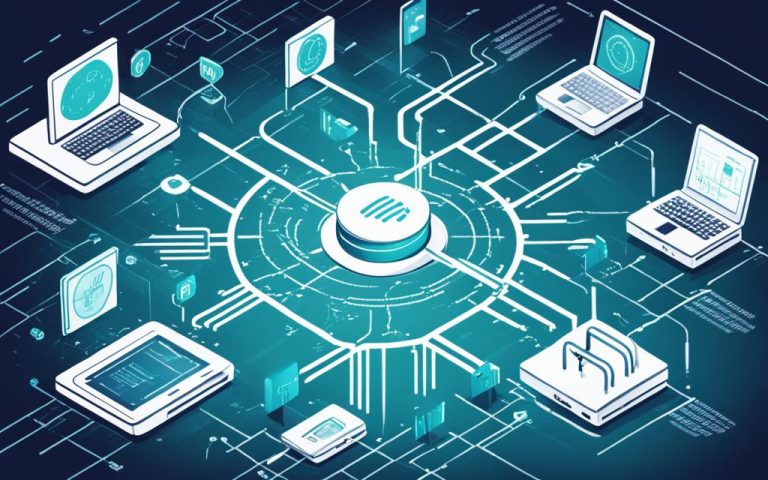
One Comment